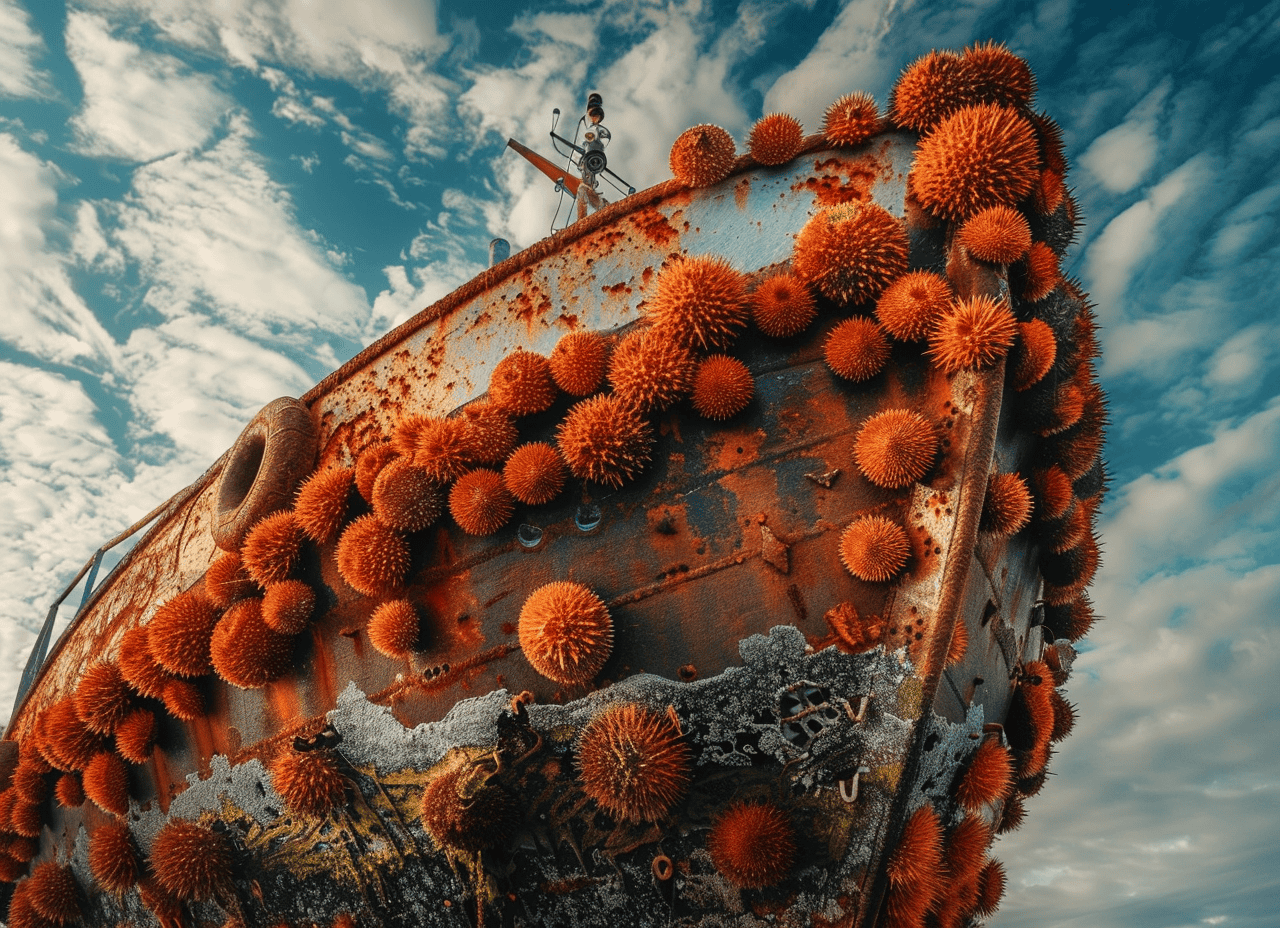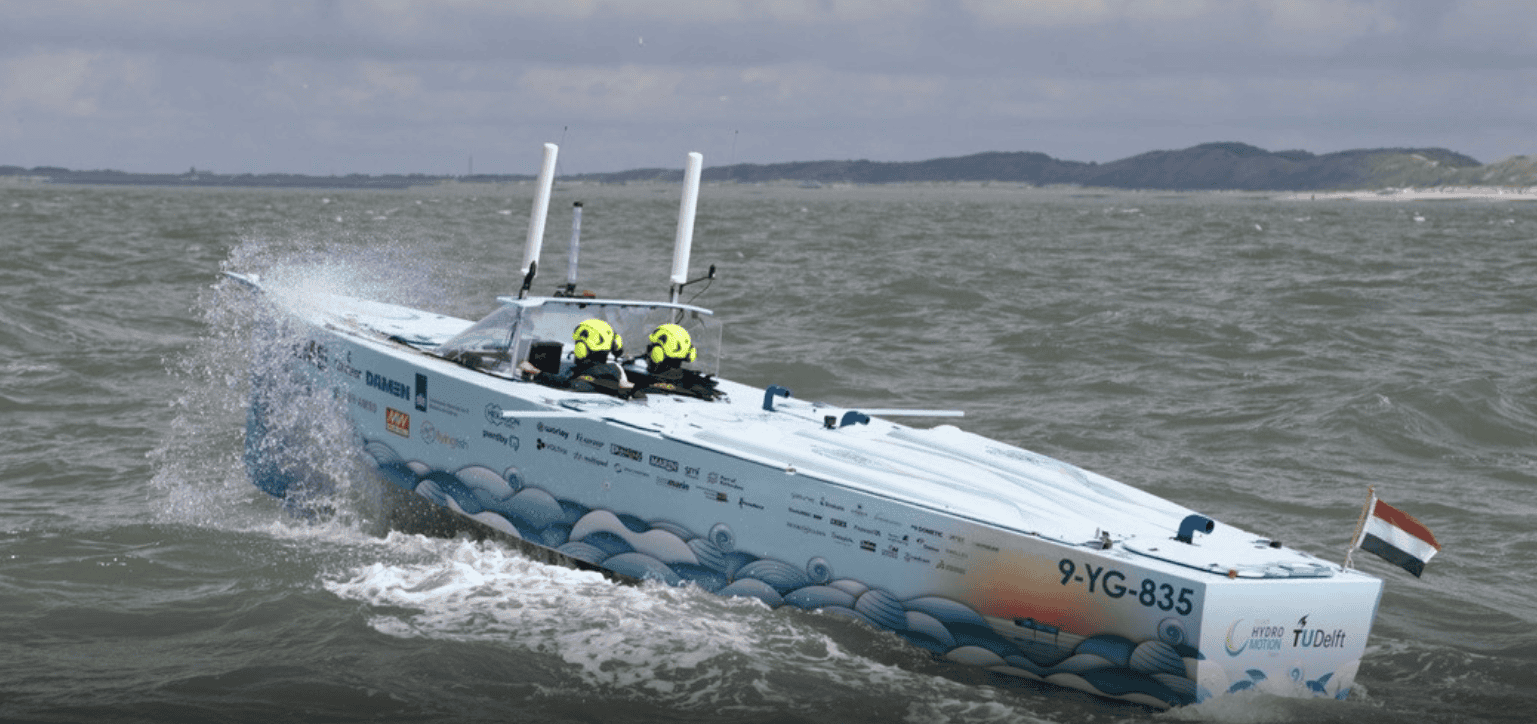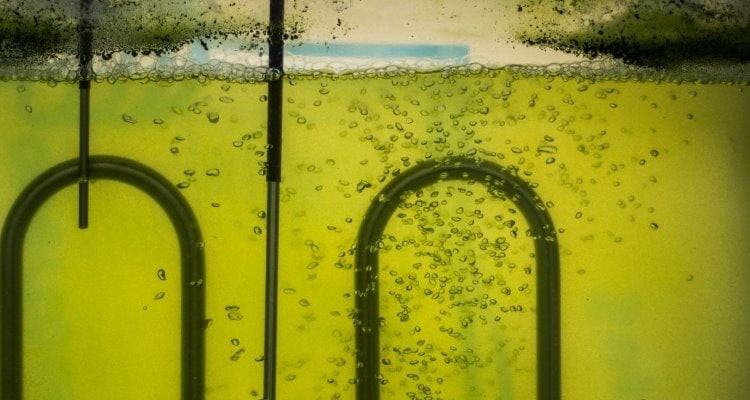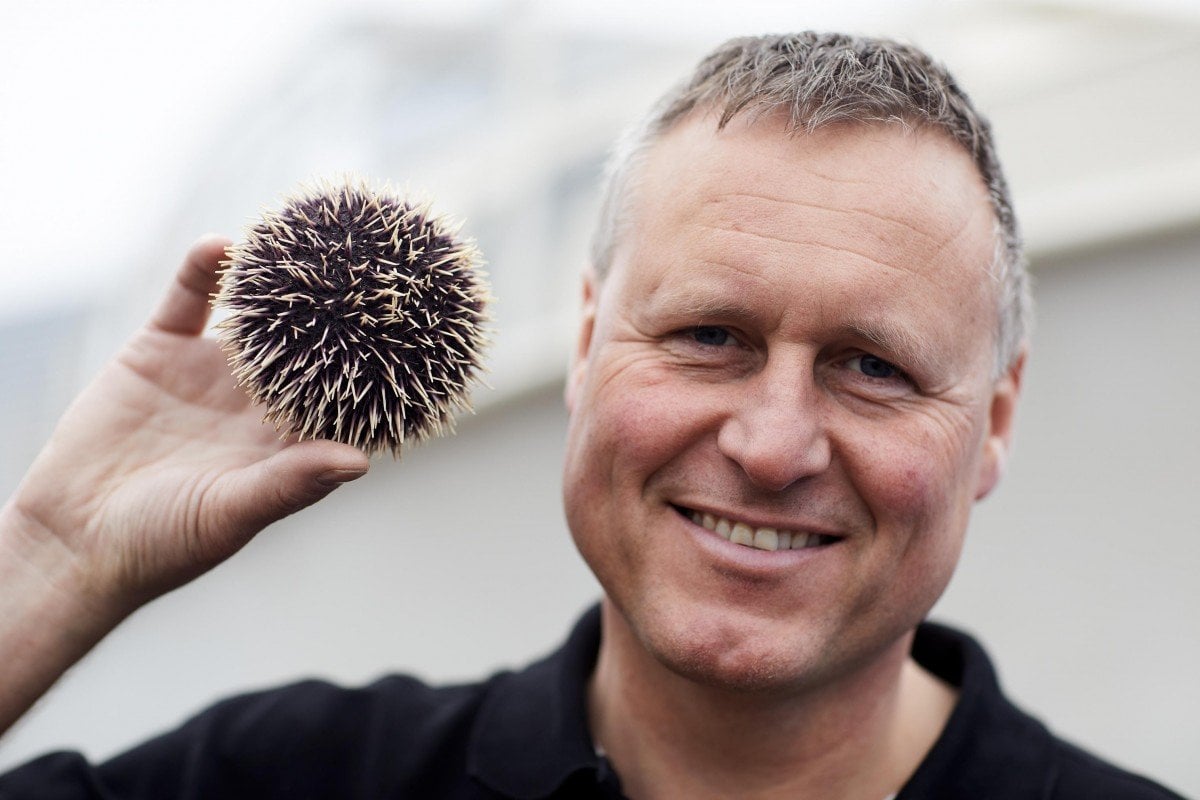
Once a boat is in the water, the submerged hull grows full of moss and algae, which roughens the surface. This, in turn, increases resistance, slows boats down and causes them to use more fuel. To limit the growth of this underwater muck, the underside is coated with a special paint: antifouling. The major drawback of this product is that it is among the most toxic paints in existence. Every year, around 600,000 liters of this toxic material is released into the environment by Dutch pleasure craft alone.
Eureka moment
Rik Breur, owner of Finsulate and a scuba diving enthusiast, dreamed of a way to protect marine life from the noxious substances that sailing ships leave in the marine ecosystem. About twenty years ago, while out diving, he experienced a eureka moment when he spotted a sea urchin. All smooth surfaces become coated with deposits underwater, whereas spiny surfaces remain clean.
He set to work developing an environmentally friendly film with a spiny surface. The final result is Finsulate: a contraction of fibers (or spines) and insulation. Breur: “The film forms a physical barrier against fouling, without the use of toxic substances, biocides or heavy metals.” Ultimately, Breur developed a kind of rug made up of countless small, constantly moving nylon needles. Or, in other words, a kind of spiny skin with tiny fibers that stick upward from the film. In addition to nylon fibers, that spiny skin is also made up of a water-based adhesive and polyester film. The film is shaped in such a way that it does not slow down the boat’s speed, or barely at all.
International growth
His invention works so well that he won the European Inventor Award for it in 2019. Since that award, Breur says “not much” has actually happened. The plan was to focus on international growth, but Covid-19 threw a spanner in the works. “It’s actually only since this year that we have seen international growth. We now have quite a few partners who are applying the film themselves and I no longer have to lie under the boats. That’s great too, but then you aren’t focused enough on growing your business. Now I am back doing what I have to do.”
The idea is that shipyards will purchase the film and offer it to boat owners. But, to do that, the entrepreneur needs to first open up the market himself and show that Finsulate works well. “It takes a while for shipyards to recommend our product. But once they do, you’re in.”
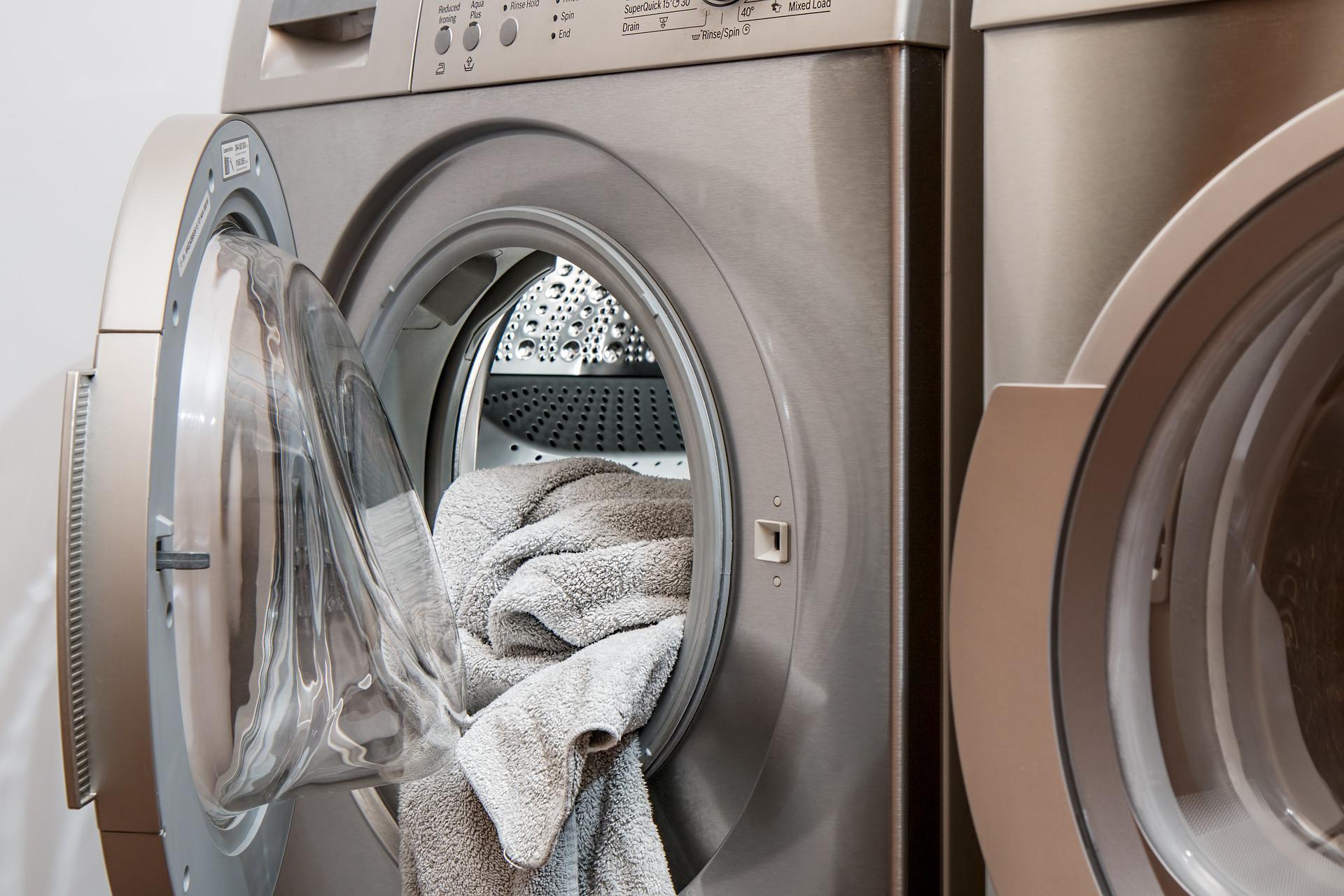
Perseverance
That Breur has persererance is a given. He has been working on the concept since 2005 and has entered – and left – several markets since then. “First it was fish farms, then commercial shipping. But it didn’t catch on there. In 2017, we started to focus entirely on pleasure craft. It was the first time that the product caught on. That target group has money to spend and is keen to minimize the impact they have on the environment.” Meanwhile, the customers have started coming to him, instead of the other way around. He has never thought about giving up. His main motivation? “I believe that things have to change. That poison just shouldn’t end up in water.”
“I believe that things have to change. That poison just shouldn’t end up in water.”
Rik Breur
In addition, the entrepreneur is also noticing that commercial shipping is slowly catching up. “Everyone is talking about zero-emission sailing these days. But they are actually talking about CO₂-neutral sailing. Because if you use toxic antifouling paint, you emit biocides and microplastics and you still cause a lot of pollution.”
The plan is to capture at least five to ten percent of the global market. “At present, there are ten parties that are selling a toxic product. Then it would have to be pretty strange if a non-toxic product, with comparable levels of performance, could not capture at least five percent of the market,” Breur decides with determination.



